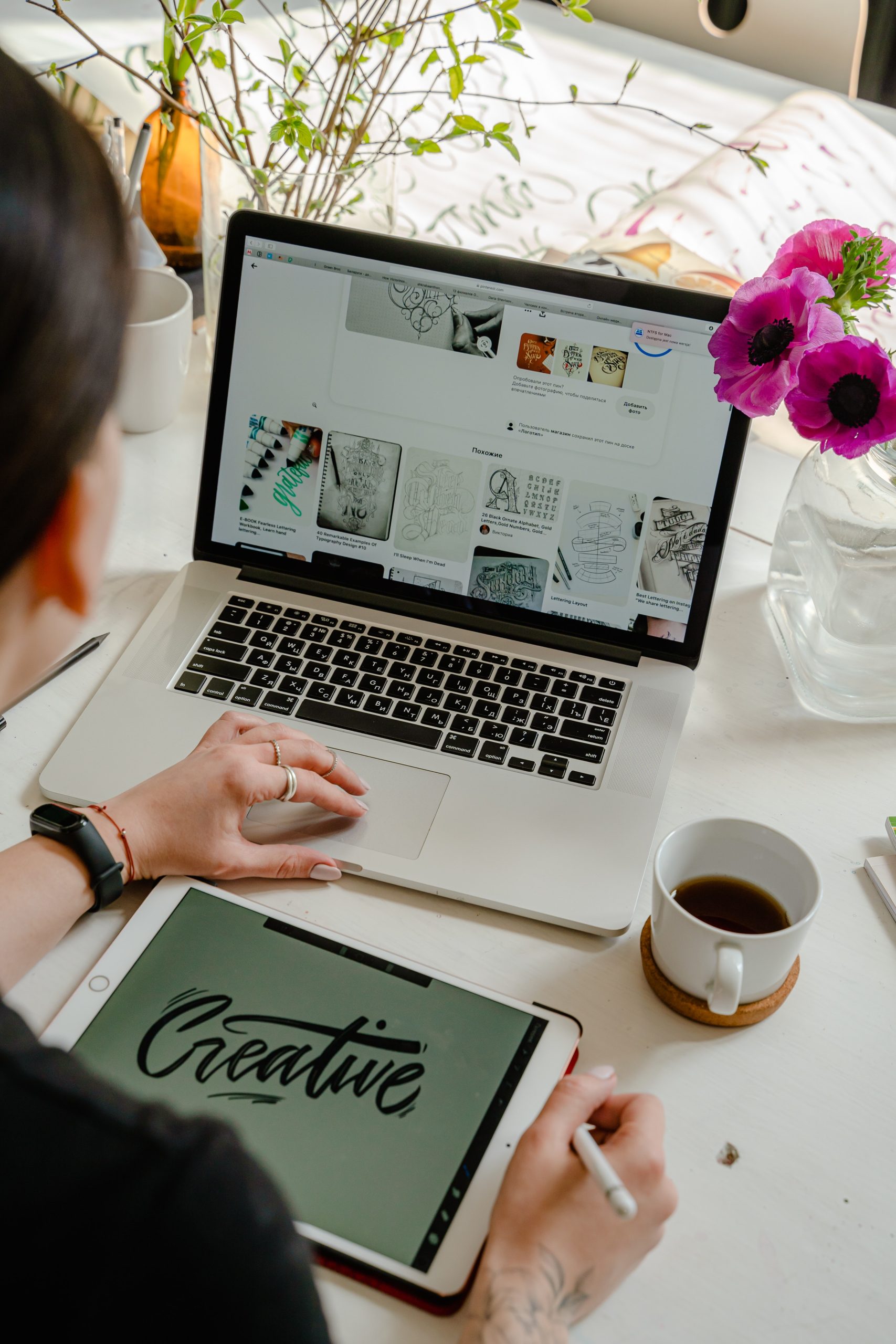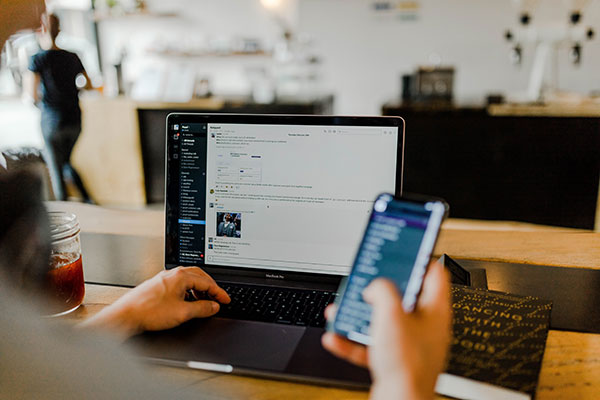Are You Embarrassed By Your Logo Design Skills? Here’s What To Do
Your logo is the face of your brand. It’s the first thing that people see when they encounter your business, and it’s what they’ll remember when they think about you. A well-designed logo can make a lasting impression and help you stand out from the competition. But what if you’re not confident in your logo design skills? Here’s what you can do.

1. Learn the Basics
The first step to improving your logo design skills is to learn the basics. Start by researching the principles of design, such as color theory, typography, and composition. Look at logos from other businesses in your industry and analyze what makes them effective. Take online courses or read books on logo design to gain a deeper understanding of the subject.
2. Use Online Logo Design Tools
If you don’t have the budget to hire a professional logo designer, you can use online logo design tools to create your logo. Many online tools offer a range of templates, fonts, and graphics to choose from, making it easy for anyone to create a professional-looking logo. Some popular online logo design tools include Canva, Tailor Brands, and Logo Maker.
3. Hire a Professional Logo Designer
If you have the budget, it’s always a good idea to hire a professional logo designer. A professional designer will be able to create a custom logo that perfectly represents your brand and stands out from the competition. They’ll also be able to guide the best colors, typography, and composition for your logo. Look for a designer who has experience in your industry and a portfolio that showcases their previous work.
4. Get Feedback from Others
Once you’ve created a logo, it’s important to get feedback from others. Ask your colleagues, friends, and family members what they think of your logo. Do they understand what your business does? Does the logo convey the right message? Take their feedback into consideration and make changes as needed.
5. Test Your Logo
Before you finalize your logo, it’s important to test it. Show your logo to a small group of potential customers and get their feedback. Does the logo resonate with them? Is it memorable? Does it stand out from other logos in your industry? Use their feedback to make final adjustments to your logo.

6. Keep it Simple
One of the most important principles of logo design is to keep it simple. A simple logo is more memorable and easier to recognize than a complex one. Avoid using too many colors or fonts, and keep the design clean and uncluttered. Your logo should be easy to reproduce in a variety of formats, such as on business cards, signage, and social media profiles.
7. Be Authentic
Your logo should be an authentic representation of your brand. Avoid copying other logos or using generic templates. Instead, focus on what makes your business unique and find ways to incorporate that into your logo design. For example, if you run a local coffee shop, you could incorporate a coffee cup or beans into your logo design.
8. Stay on Brand
Your logo is just one part of your overall branding strategy. Make sure that your logo aligns with your brand’s personality and values. If your brand is fun and playful, your logo should reflect that. If your brand is more serious and professional, your logo should reflect that as well.
9. Update Your Logo
Your logo doesn’t have to be set in stone. As your business evolves, you may need to update your logo to reflect those changes. For example, if you expand into new products or services, you may need to update your logo to reflect those changes. However, be careful not to make too many changes too often, as this can confuse your customers and damage your brand’s recognition.
In conclusion, designing a logo can be a daunting task, but with the right approach and resources, it’s a task that anyone can accomplish. Whether you decide to create your logo using online tools, hire a professional designer, or a combination of both, the key is to focus on the basics of design, keep it simple, and stay true to your brand’s values and personality. Remember that your logo is an important part of your overall branding strategy, and it should be treated with care and consideration. With a well-designed logo, you can create a strong and memorable impression on your customers, and set your business up for success.







